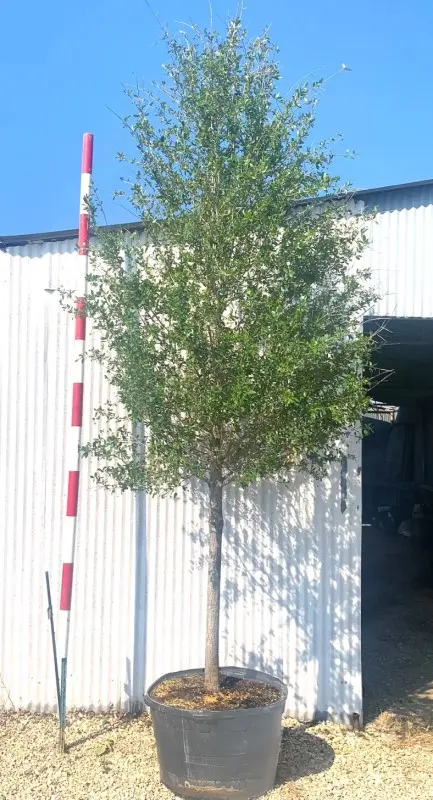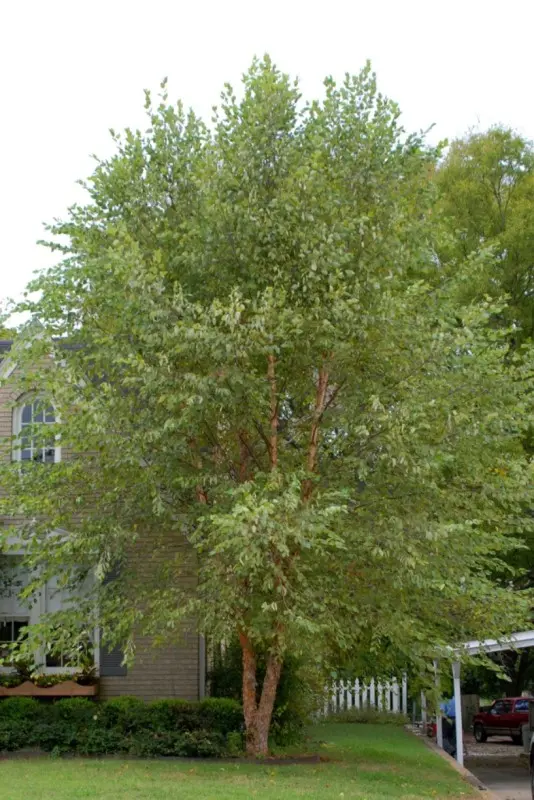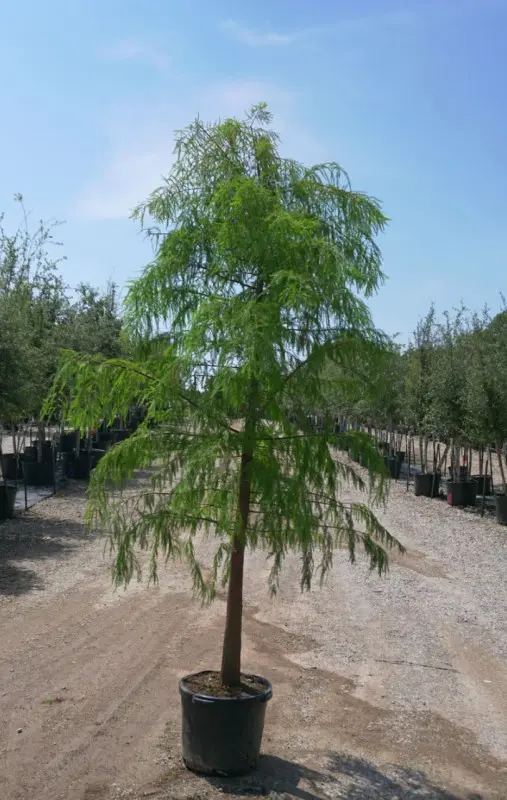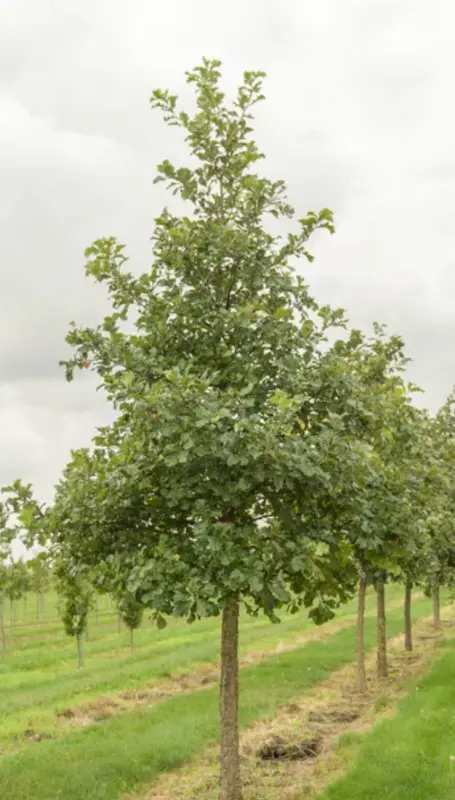Description
Willow Tree (Salix spp.), especially well-known in its Weeping Willow variety (Salix babylonica), is a graceful, deciduous tree admired for its long, cascading branches, slender leaves, and serene presence in landscapes. Native to various regions around the world, Willows are typically found near water sources, as they thrive in moist, well-draining soils. The weeping branches of the Willow create a soft, flowing effect, with narrow, light green leaves that turn yellow in the fall, adding seasonal beauty to the tree’s delicate silhouette.
Willows typically grow between 30 to 50 feet in height with a similar spread, creating a broad, rounded canopy that provides ample shade. They thrive in USDA zones 4-9 and prefer full sun to partial shade. Known for their fast growth, Willow trees are often planted near ponds, streams, or other water features, where they add both aesthetic and ecological value by stabilizing soil and providing habitat for various wildlife species. They can tolerate various soil types but are especially suited to wet areas where other trees may struggle.
Low-maintenance overall, Willows may need occasional pruning to remove deadwood and maintain a healthy shape, especially if grown near walkways or structures, as their branches can grow low to the ground. Due to their extensive root systems, they should be planted away from foundations, water pipes, and septic systems. With their iconic weeping form, soothing presence, and adaptability to wet soils, Willow Trees are popular choices for creating tranquil, natural-looking landscapes, offering shade, beauty, and ecological benefits to a variety of settings.






